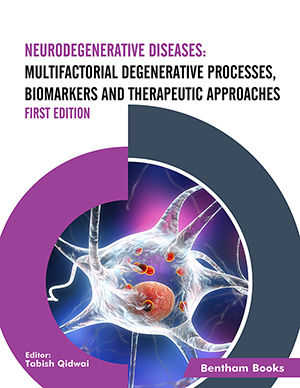Abstract
Learning occurs when excitations of a neuron change its excitability. At the cell level, some effects are observed just after birth. From then two phenomena occur: the first, which governs for instance sleep duration, is the adaptation of the neuron metabolism to its needs (learning delay: one month; instantaneous reading; forgetting delay: one month). The other, which explains pavlovian linking, is supported by special post-synaptic receptors (learning delay: 10 minutes; instantaneous reading; forgetting delay, several years). At the system level, recording needs the simultaneous excitation of a conditional, a conditioning and an emotional (limbic) modulating pathway. Circuitry of recognizing flowers device in honeybee is very simple. In Pavlov’s dog, learning has to link a great number of possible conditional pathways to a great number of possible conditioning ones (a problem solved by the building of the web to link a great number of phones): the switching circuitry uses many elementary Pavlov’s link. Disappointment (a modulating signal) causes differentiation. Sequential links allow memorizing a melody or a sequence of words. If supplemented with a backward transmission, such circuitry generates recollection, building up of abstract concepts and partial recollection of never transmitted signals, known as imagination. Links between real or virtual sensorial inputs and motor orders play a main role. The abstract “me personally” is an abstract concept resulting from links between motor orders and report of an environmental change.
Keywords: Backward signals, concepts, conditional pathway, differentiation, forgetting, glutamate receptors, honeybee, imagination, learned motions, learning, long-term memory, moto-sensorial devices, neo natal plasticity, pavlovian link, Pavlov’s dog, pleasure impulse, reading of memory, recollection, self-referent regulations, sleep duration.














